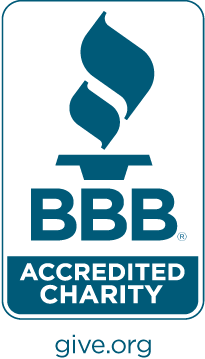 |
Young men outside a small business in Monrovia, Liberia. © 2010 Glenna Gordon
|
John,
You may have heard that IPA-affiliated researcher Chris Blattman’s first-of-its-kind 10-year follow-up study of a Cognitive Behavior Therapy (CBT) program designed to reduce criminality among high-risk youth in Liberia produced really exciting results.
The Sustainable Transformation for Youth in Liberia (STYL) program—combined with a cash transfer—successfully reduced criminal, violent, and other antisocial behaviors, and the reduction in criminal and violent behavior continued to be observed ten years later.
Young men offered CBT and cash were 45 percent less likely to sell drugs after ten years relative to the comparison group, and young men with the highest initial levels of crime and violence experienced the most significant decreases in antisocial behavior. Participants in STYL reported a 57 percent decrease in crimes committed after ten years. Overall, the program resulted in more than 200 fewer crimes per participant. With a budget of US $530 per participant for CBT, cash, and administration, this is equal to a cost of US $2.50 per crime avoided over 10 years.
But, did you know the findings from STYL are so promising they have informed CBT programs all over the world? Which of these cities implemented a CBT program to reduce violent behavior following the STYL study?
- Chicago, Illinois, United States
- Western Cape Province, South Africa
- Mexico City, Mexico
- Bogotá, Colombia
|
Without evidence, decision-makers often have to guess about questions like how to reduce violence. IPA works with researchers and our partners to generate evidence on what works, so organizations and governments can make informed decisions.
|
|
|
Thank you for taking our quiz!
Sincerely,
The IPA Team
|
|



